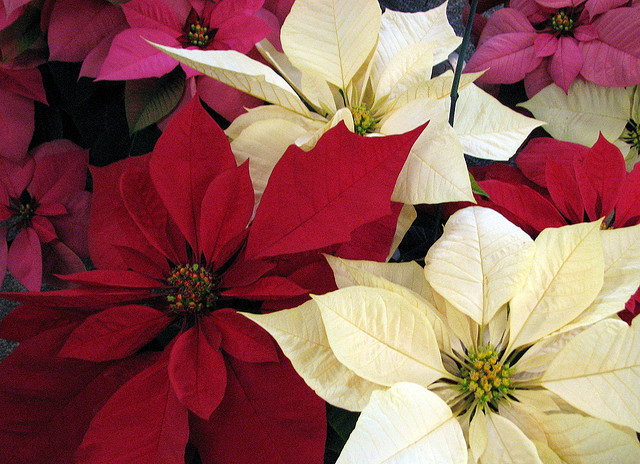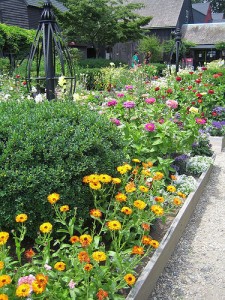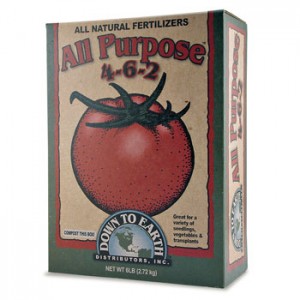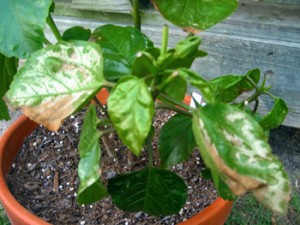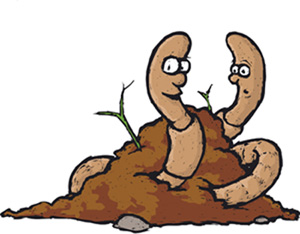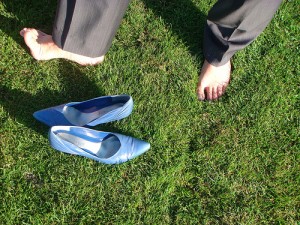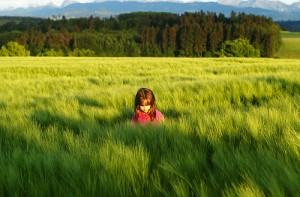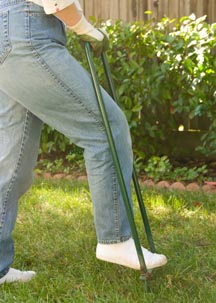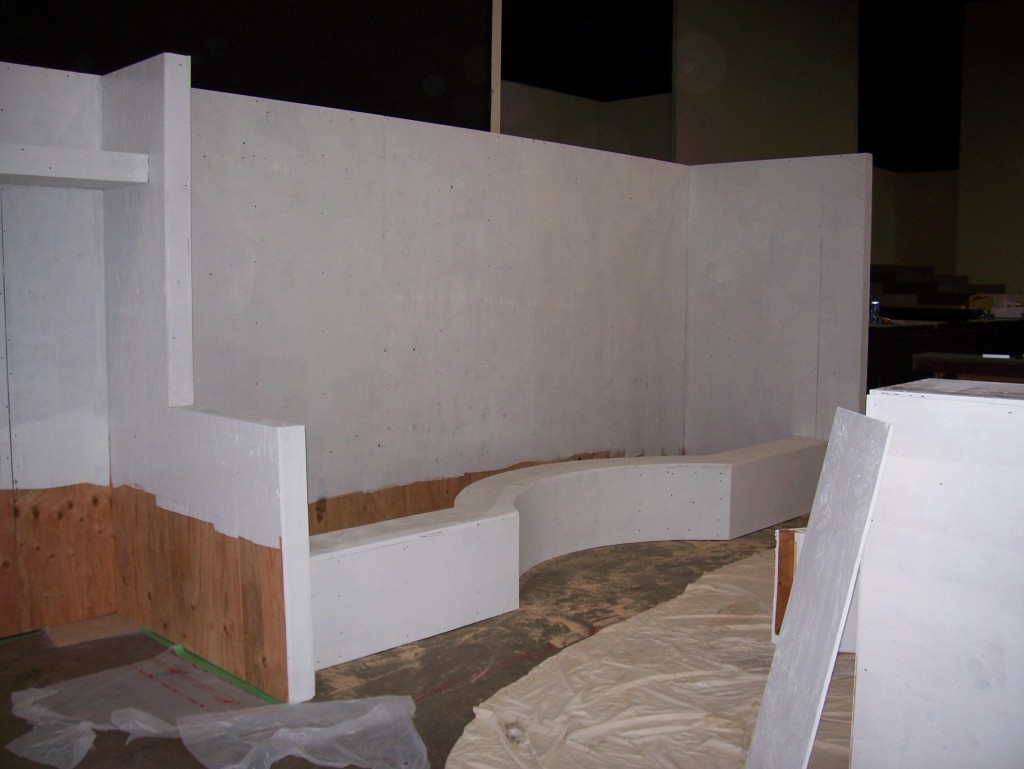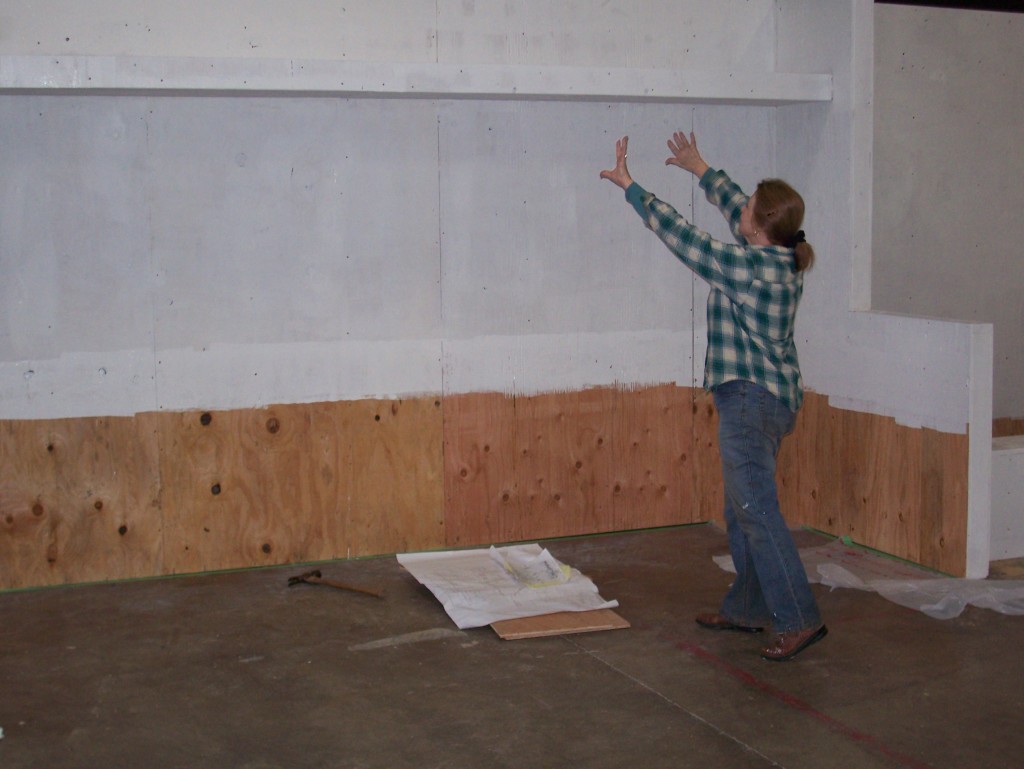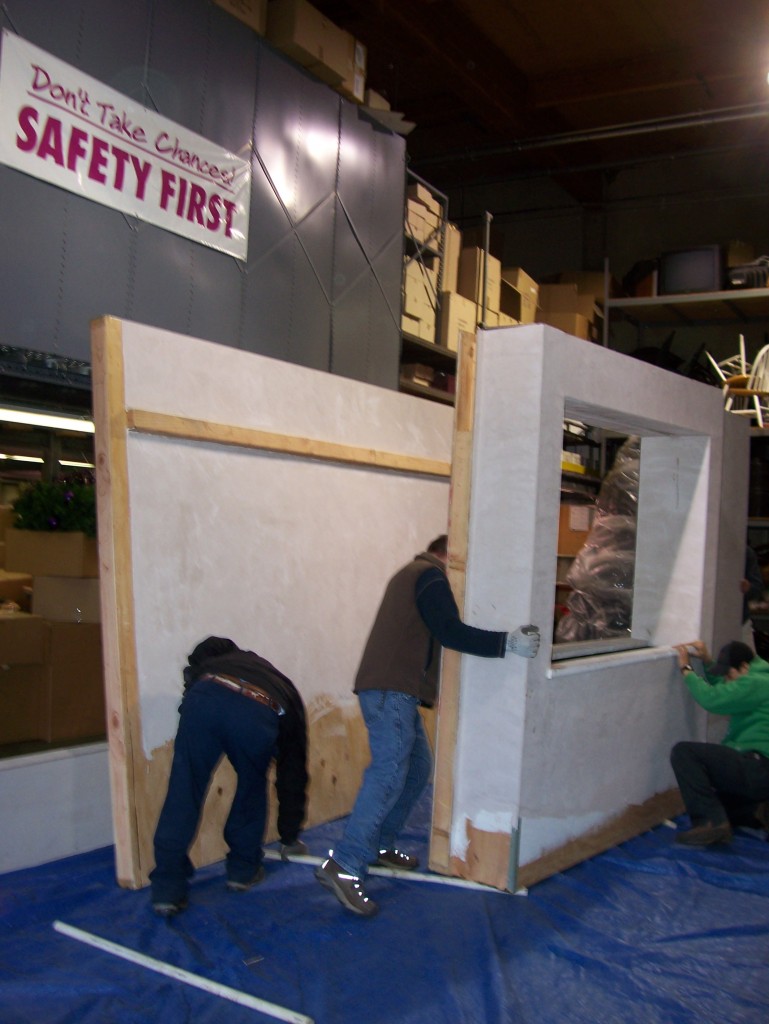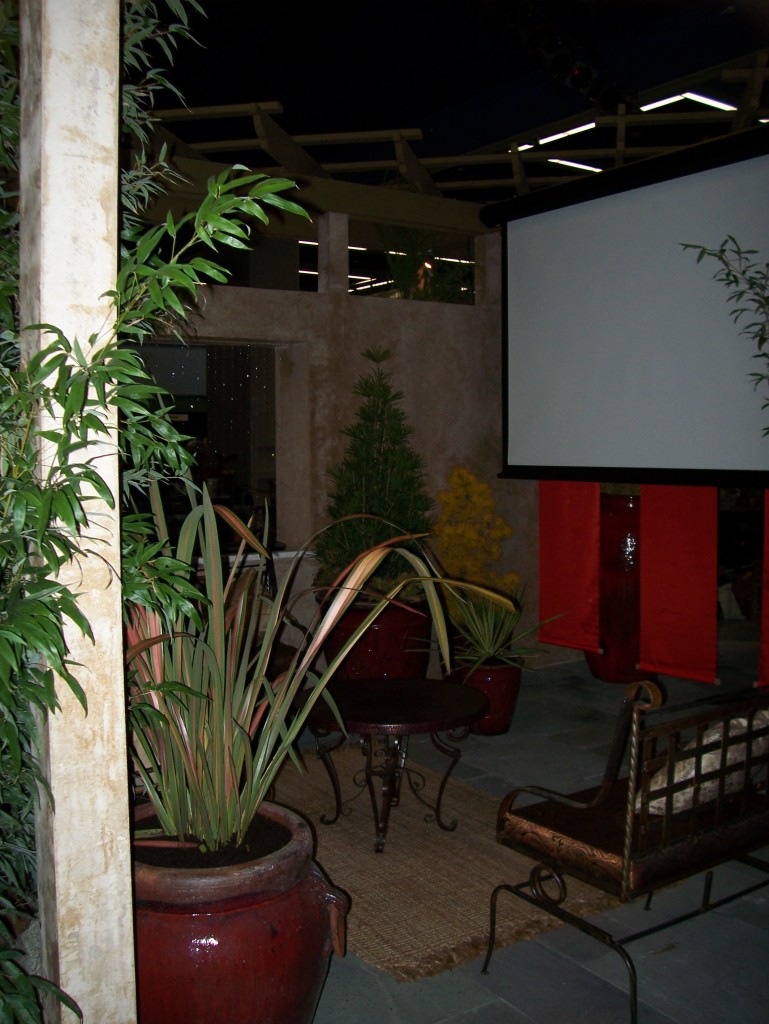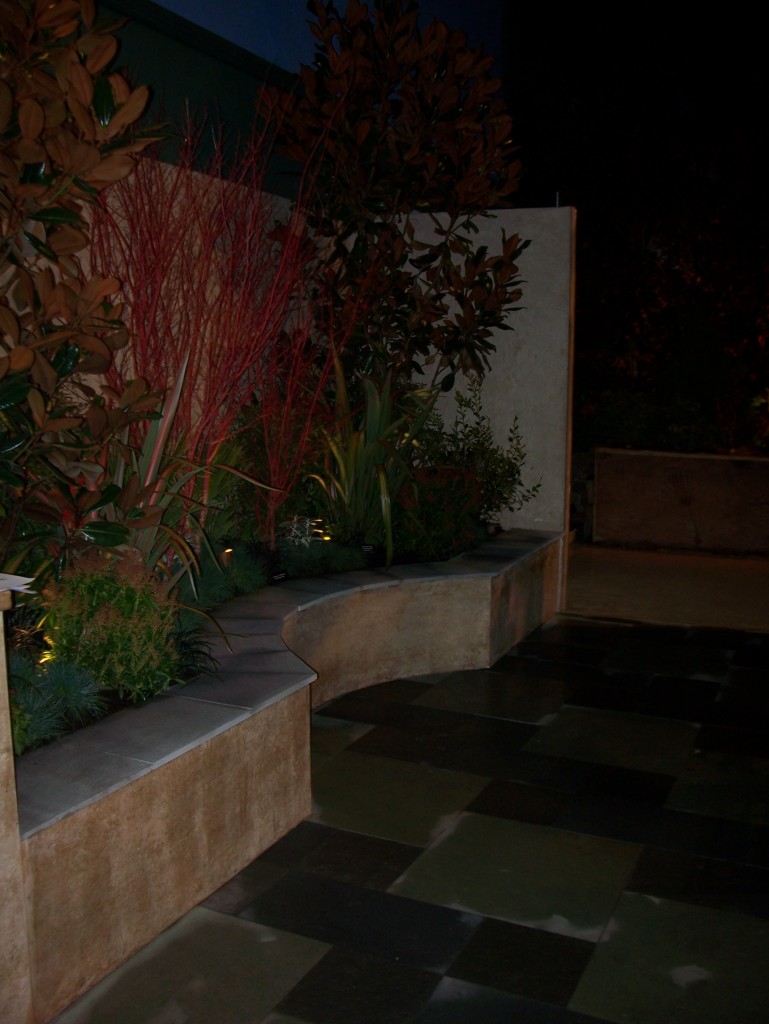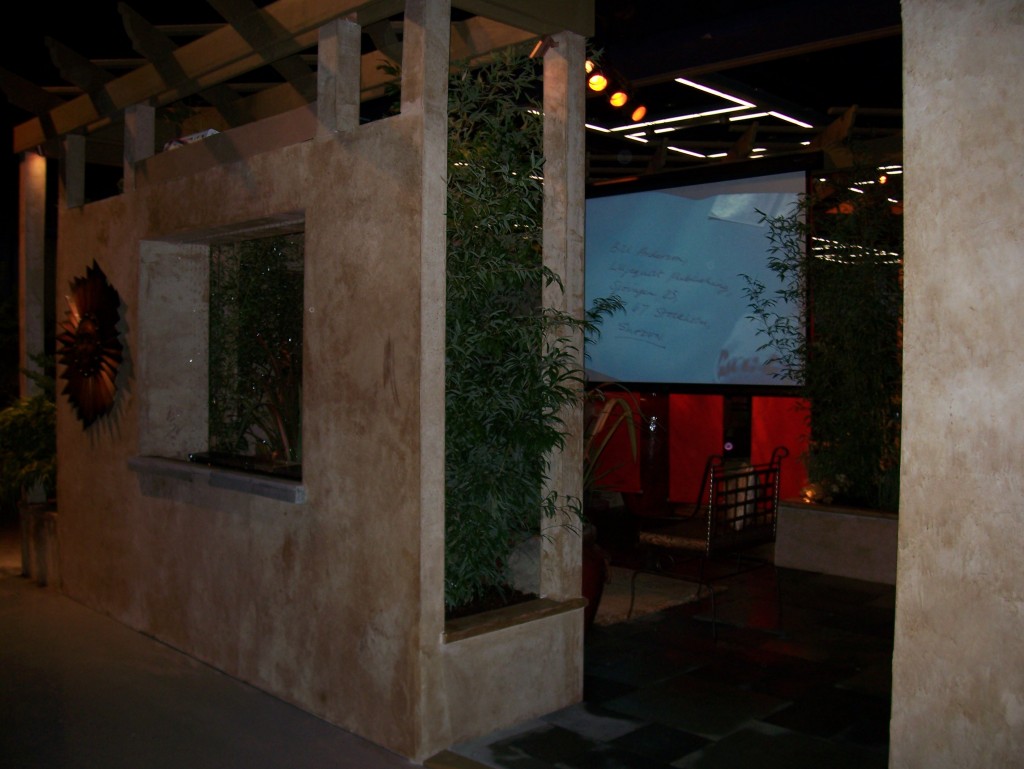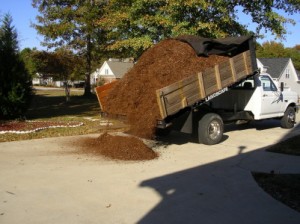Organic Fertilizer for Vegans

Organic gardening – or at least, organic fertilizer – appeals to most vegetable gardeners. In fact, one of the chief reasons for growing vegetables is to have a ready supply of healthy, natural food right outside your door.
But for the vegan (or any type of vegetarian) gardener, the ingredients in a balanced organic fertilizer may be even more of a horror than those found at the local garden center.
What’s the solution? Mix your own vegan organic fertilizer!
It is easy and inexpensive if you buy in bulk.
Let’s look at the mixing formula first – then we can look at each component. This formula is adapted from Steve Solomon’s Complete Organic Fertilizer and from the Vegan Organic Mix recommended by The Garden Shed in the 1990’s.
VEGAN ORGANIC FERTILIZER
2 parts screened worm castings or compost
4 parts “fast” release nitrogen derived from plants (soybean meal, alfalfa meal, cottonseed meal)
1/2 part slow release phosphorus – derived from minerals (soft rock phosphate)
1 part “fast” release potassium derived from plant material (north sea kelp meal)
1/2 part “slow” release potassium dervived from minerals (greensand)
1/2 part trace minerals (crushed rock/ Rado Rock/ granite meal)
For outdoor beds, add well rotted compost to the planting area at a rate of 1 cubic foot per 10 square feet.
I try to include more than one source for each macronutrient (N-P-K). This can help balance the release times of the fertilizer and keep it working all season. Of course,”quick” and “slow” are relative terms since most organic fertilizers are not water soluable.
And here’s the beauty of organic fertilizers – we are trying to achieve a balanced mix that will feed the soil, not a chemical formula that can pass the Department of Ag inspector’s test. If you know your soil will benefit from a little more kelp and compost – add them! Building healthy soil is an ongoing process requiring observation and trial and error.
This recipe is by volume – as long as you use the same measure for each ingredient, you’ll be OK. I use it at the rate of approximately 5 lbs per 100 sqare feet – but I had to find a scale and weigh my bucket to determine that. Adding this type of fertilizer by volume (i.e., this pail size for this bed) rather than by weight is perfectly safe.
INGREDIENTS
Start with Nitrogen. Nitrogen is essential for leafy, green growth. It is also one of the most soluable fertilizer components. In organic fertilizers, nitrogen is introduced either through decomposing plant material (like alfalfa meal) or through a slaughterhouse by-product like blood meal.
You already know we’ll pass on the bloodmeal, so which plant source is best? I like to use alfalfa meal, if I can find a trusted source. (Down To Earth from Eugene, Oregon sells a high quality alfalfa meal.) Don’t use the alfalfa sold as rabbit pellets. It has probably been sprayed with chemical pesticides. By the same token, also be wary of alfalfa meal sold as a rose fertilizer. Rose growers are not necessarily organic growers.
Alfalfa has many benefits besides its nitrogen content. Earthworms are attracted to it – and there are few gardeners as talented as earthworms when it comes to building healthy soil. Alfalfa is also an excellent bio-activator for compost.
Soy meal is another high quality source of nitrogen. You can combine alfalfa meal and soybean meal to give variety to your nutrients.
Cottonseed meal has lately fallen out of favor with organic growers since cotton is so heavily sprayed with pesticides. According to most experts, the pesticides themselves are mainly trapped in the cottonseed oil, rather than the meal, so cottonseed meal should be safe for use in organic gardens. However, organic growers have been registering their displeasure at the level of pesticide use by avoiding cottonseed meal.
There aren’t many non-animal sources of Phosphorous. Once we drop bonemeal and fishmeal from the list, we are prettyt much limited to rock phosphate. Rock Phosphate can be an excellent fertilizer, and it should be worked into the soil of every garden. However, be aware that it may take several seasons to break down completely. If you can mix Hard Rock Phosphate and Soft Rock Phosphate together, you may have a more balanced fertilizer. Talk to your supplier about the source of the rock phosphate. It may be contaminated with other mining waste you want to avoid.
Potassium (or potash) can be readily found in both slow mineral and fast release plant form.
The #1 source for potash is nature’s miracle plant – kelp. Don’t skimp on the kelp meal. It is not always necessary to buy the highest quality, most expensive, North Sea Kelp Meal – but you do want your kelp to come from a known source.
Your retailer should know something about the origin of the product. Try not to buy kelp that comes from endangered kelp beds. Stay away from kelp that was harvested from harbors and shipping lanes: it is likely to be contaminated with diesel, at a minimum.
If you can’t afford Norwegian Kelp Meal, look for a good quality Asian Kelp Meal. You might find it for half the price of the Norwegian Kelp – with no noticeable compromise in results.
Kelp Meal is going to give your plants a ready source of potassium, for general, robust health. It also supplies abundant micronutrients and minerals for the microbial life in your soil. Without a doubt, a generous helping of kelp is one of the best things you can add to your soil.
For a slow release potassium – and slow in this case means years – try greensand. This seabed mineral not only supplies potash and micronutrients, it helps break up compaction in heavy clay soil and it absorbs moisture, reducing the need to water.
You may or may not have to add lime to your soil. This can vary from plot to plot in the same garden – and can certainly vary with the different requirements of different plants. You can test your soil pH with an inexpensive kit before adding lime.
Your final ingredient is rock dust. Most people don’t think of rocks as fertilizer – but they are the best source of minerals for organic gardens. Of course, you can’t just toss in some stones and call it good. You want finely ground – in fact, ground to dust – rock with a high mineral content. Granite dust is good. Glacial rock dust is excellent. As always – be responsible with your sourcing. Do not damage the natural environment to improve your own little plot of land.
That’s it. All these ingredients (with the debateable exception of worm castings, which you can skip) are animal-by- product-free fertilizers and minerals, acceptable to vegetarians of every stripe. Each adds something unique to the soil structure. Microbes, worms, and other life in your soil – in addition to your plants – will all take something from the soil amendments. Mix it all together in a wheelbarrow and fork it into the top 6 inches of soil. Add compost. Water with a liquid kelp or a compost tea at least once a month.
Do this every season and you will have noticably tastier, nutrient rich vegetables, high in vitamins and minerals, as well as healthy soil.
Photograph by Fuzzcat Photo released under Creative Commons License
